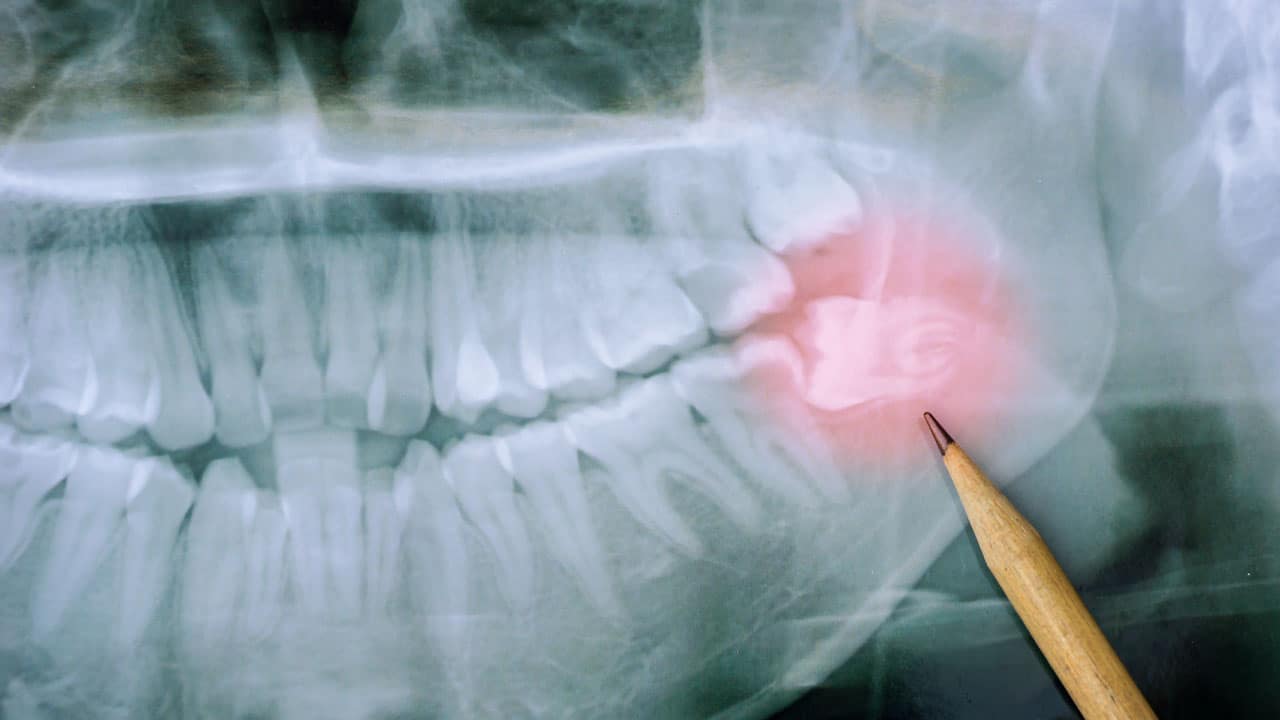
Wisdom teeth removal is a standard dental procedure to prevent or resolve oral health problems due to impacted third molars. A 2022 study estimated that up to 80% of U.S. patients under age 25 undergo a wisdom tooth removal procedure, making it one of the most common dental treatments.
However, as with any surgical process, understanding what to expect post-operation is critical to a smooth and speedy recovery.
Immediate Aftercare
After removing the tooth, your dentist packs the area with gauze and asks you to bite down to help form a blood clot. This protects the nerves and bone underneath the wound site from potential infection and pain.
How you feel following an extraction depends on what type of procedure you’ve had. A simple extraction is performed under local anesthesia, so your tongue, face, and jaw will likely feel numb and tender for several hours after surgery.
If you have had a complex extraction under general anesthesia or sedation, you may feel groggy and disoriented following surgery.
Pain and Swelling
Some discomfort, pain, and swelling are expected within the first few days after surgery. It may take 2 to 3 days for the swelling to fully subside and up to 10 days for any jaw stiffness to go away. Over-the-counter painkillers or prescription medication from your dentist can help manage the pain. Applying an ice pack intermittently for 10 minutes to the affected area can also reduce swelling.
Bleeding and Oral Care
Light bleeding or oozing is common in the first 24 hours post-surgery. Your dentist will likely provide gauze to bite down on, which helps to control the bleeding. Additionally, you’ll be advised to refrain from vigorous mouth rinsing, drinking with a straw, and smoking, as these actions can disrupt the healing process by dislodging the blood clot.
Diet Modifications
Soft foods are recommended in the initial days after surgery. Foods like yogurt, pudding, and soup can help you maintain your nutrition without irritating your surgical site. Gradually, you can reintroduce harder foods into your diet as your mouth heals and discomfort decreases.
Signs of Recovery
Typically, most swelling and pain should subside within 3-5 days. However, the overall healing process can take up to two weeks. Gradual improvement is a good sign, but if you notice persistent pain, swelling, or bleeding that isn’t improving after several days, it could indicate a problem.
Complications after wisdom teeth removal are rare but can include dry socket, infection, or damage to nearby teeth. Contact your dentist if you experience severe pain, uncontrolled bleeding, fever, or other unusual symptoms.
Routine Follow-Up
A follow-up visit with your dentist is integral to your post-operative care. This appointment, usually scheduled a week after the procedure, allows your dentist to monitor your healing progress and address potential complications early. They’ll inspect the extraction site, review your symptoms, and answer any questions you may have about your ongoing recovery.
Support Your Dental Health After Wisdom Tooth Surgery
Understanding what to expect after wisdom teeth removal can make the experience less daunting and help expedite recovery. Remember to follow your dentist’s aftercare instructions, and don’t hesitate to reach out with any concerns.
Are you in need of wisdom tooth removal or other dental services? At Valley Dental Care of Plainfield, we’re dedicated to providing comprehensive dental care with a gentle touch. Our team can guide you through every step of your dental health journey, ensuring a comfortable and informed experience.
Call us at (815) 436-6800 to schedule your appointment today.